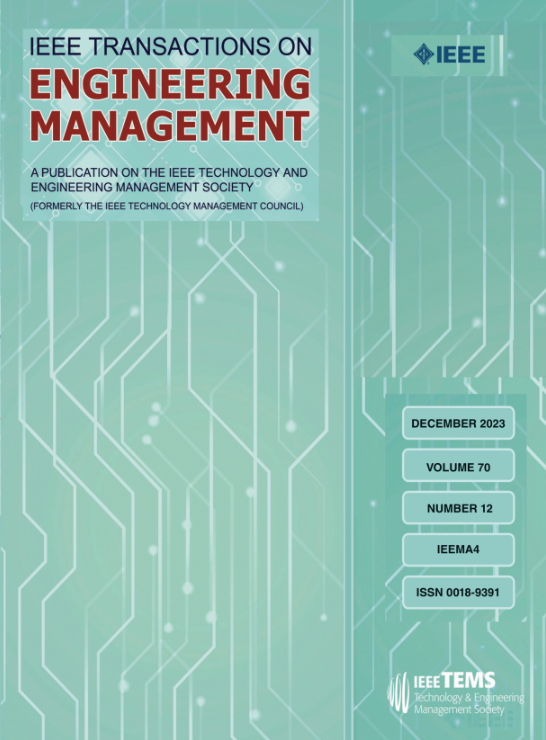回收与再制造目标约束下的闭环供应链再制造战略:碳足迹与社会福利的整合
IF 4.6
3区 管理学
Q1 BUSINESS
引用次数: 0
摘要
本研究探讨了在政府规定的回收和再制造目标下,闭环供应链中的最佳再制造策略。研究提出了两种模式:O 模式,由原始设备制造商(OEM)管理两个产品流;T 模式,由第三方再制造企业和原始设备制造商发挥领导作用。研究通过卡鲁什-库恩-塔克(KKT)条件,利用斯塔克尔伯格博弈理论方法,揭示了再制造战略取决于单位再制造成本。根据原始设备制造商是否具备再制造能力,该成本被分为两个区间,并具有不同的策略。在这两种模式中,企业在盈利区间会超过回收和再制造目标,在合规区间会达到最低目标,但界限不同。O 模式和 T 模式采用不同的决策机制来实现回收和再制造目标。比较分析表明,T 模式的供应链总利润低于 O 模式。社会福利受碳排放的经济影响;当碳排放的经济影响显著时,O 模式的社会福利更高;当碳排放的经济影响不显著时,T 模式的社会福利超过 O 模式。本研究为考虑回收和再制造目标、单位再制造成本以及碳排放的经济影响的有效再制造战略提供了启示。本文章由计算机程序翻译,如有差异,请以英文原文为准。
Remanufacturing Strategy of Closed-Loop Supply Chain Under the Constraint of Recycling and Remanufacturing Target: Integrating Carbon Footprint and Social Welfare
This study explores optimal remanufacturing strategies in a closed-loop supply chain under government-mandated recycling and remanufacturing targets. Two models are proposed: Model O, featuring the original equipment manufacturer (OEM) managing both product streams, and Model T, with a third-party remanufacturer and the OEM in a leadership role. Utilizing the Stackelberg game-theoretic approach through the Karush-Kuhn-Tucker (KKT) condition, the study reveals that the remanufacturing strategy depends on the unit remanufacturing cost. The cost is divided into two intervals with a distinct strategy based on whether the OEM has remanufacturing capability. In both models, firms exceed recycling and remanufacturing targets in profitable intervals and meet minimum targets in compliance intervals, but with different boundaries. Model O and Model T employ distinct decision-making mechanisms to achieve recycling and remanufacturing targets. Comparative analysis indicates that aggregate supply chain profit in Model T is lower than that in Model O. Social welfare is influenced by the economic impact of carbon emissions; Model O shows higher welfare when the impact is significant, and Model T surpasses it when the impact is insignificant. This study provides insights into effective remanufacturing strategies that consider recycling and remanufacturing targets, unit remanufacturing costs, and the economic impact of carbon emissions.
求助全文
通过发布文献求助,成功后即可免费获取论文全文。
去求助
来源期刊

IEEE Transactions on Engineering Management
管理科学-工程:工业
CiteScore
10.30
自引率
19.00%
发文量
604
审稿时长
5.3 months
期刊介绍:
Management of technical functions such as research, development, and engineering in industry, government, university, and other settings. Emphasis is on studies carried on within an organization to help in decision making or policy formation for RD&E.
 求助内容:
求助内容: 应助结果提醒方式:
应助结果提醒方式:


